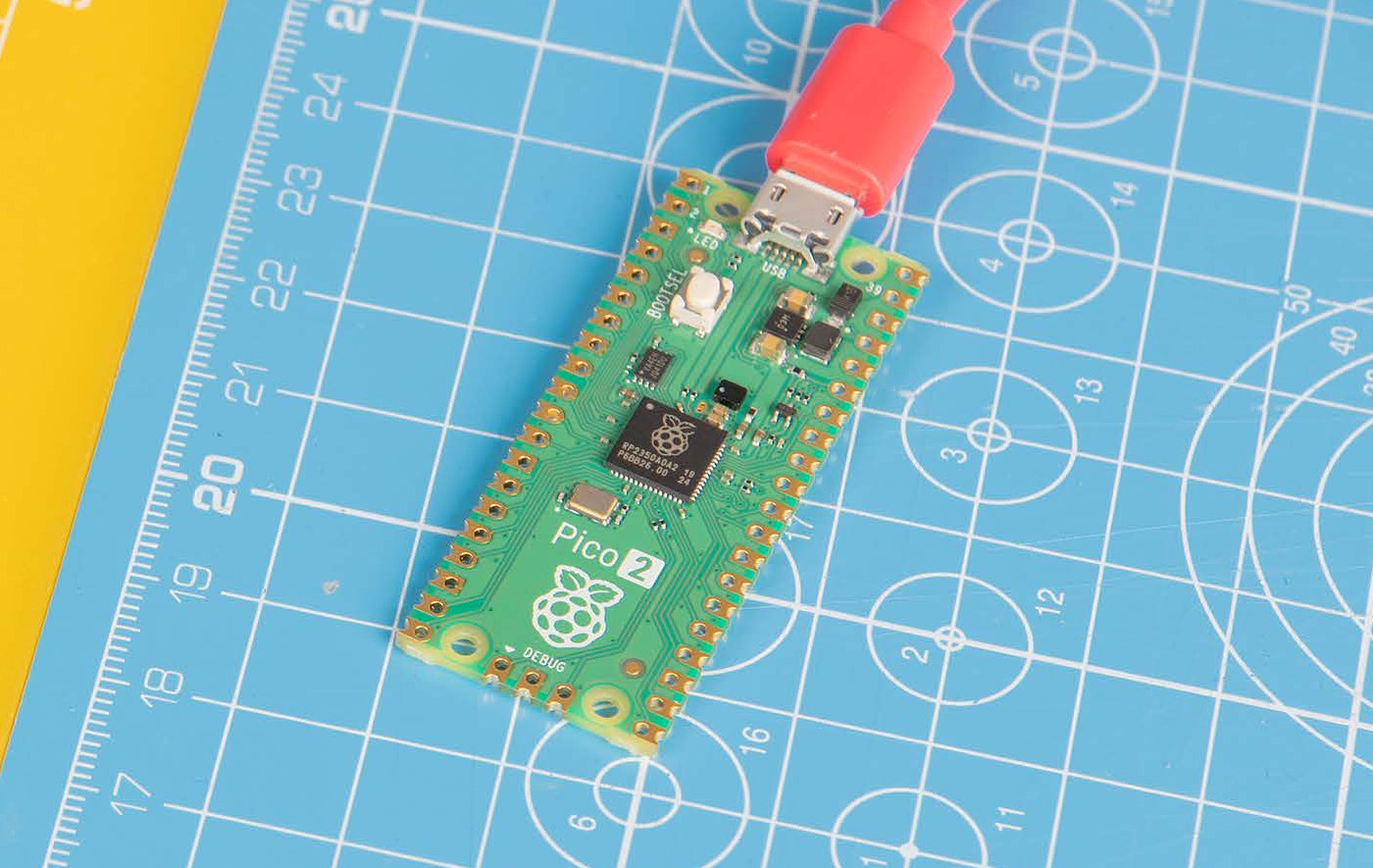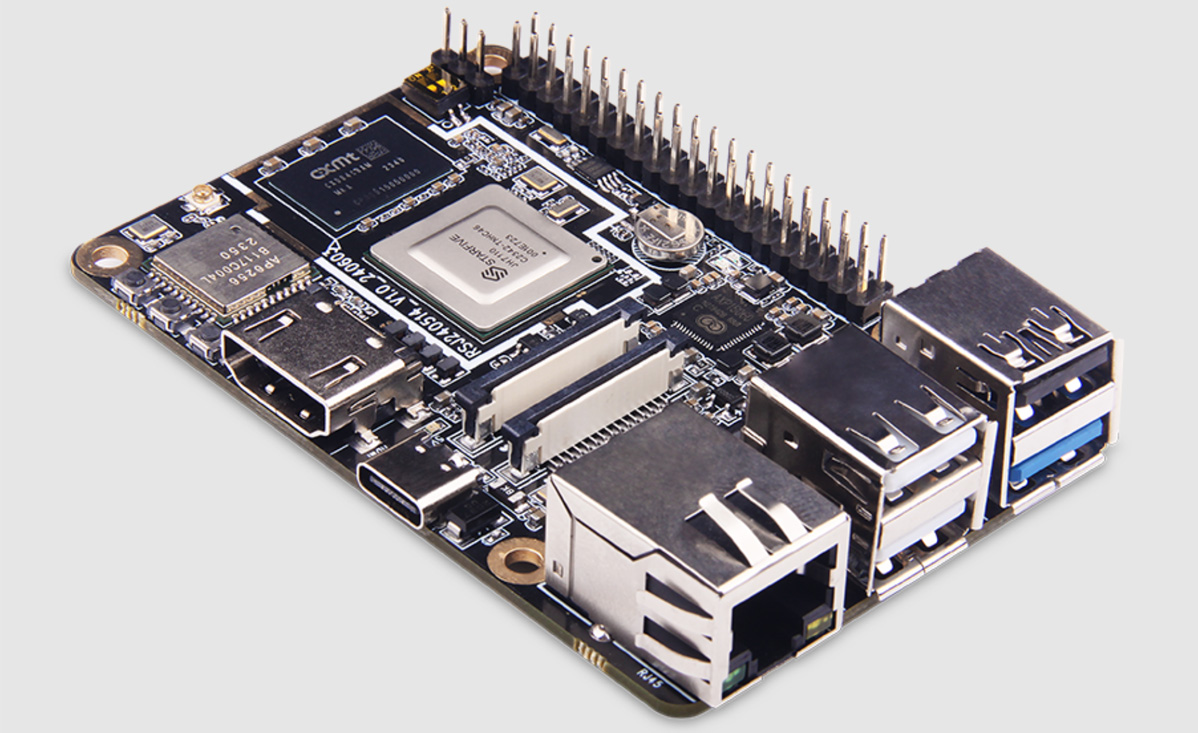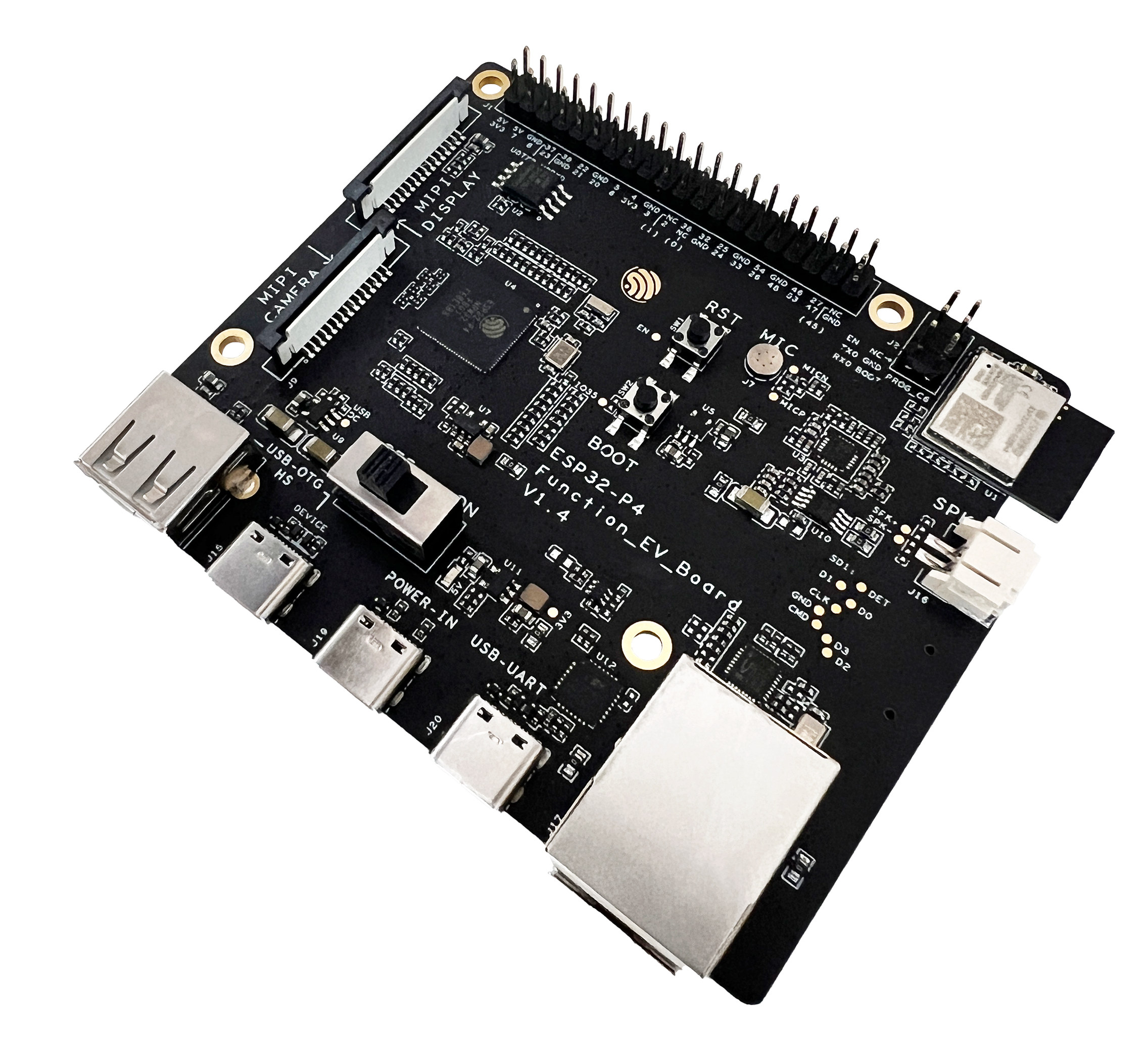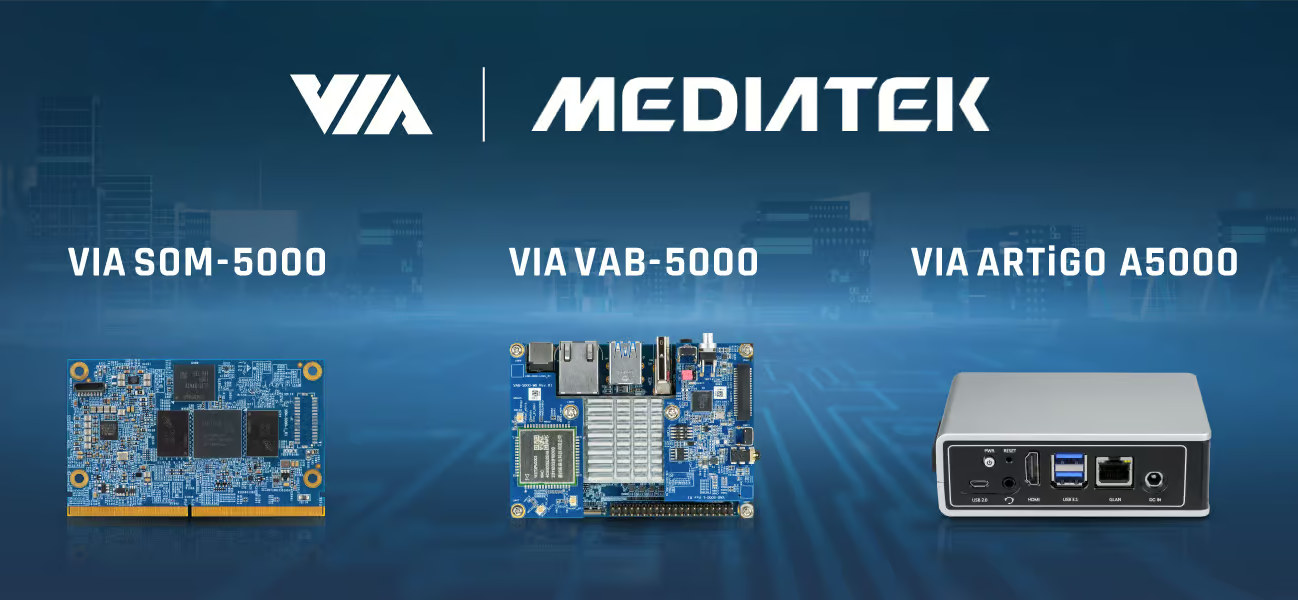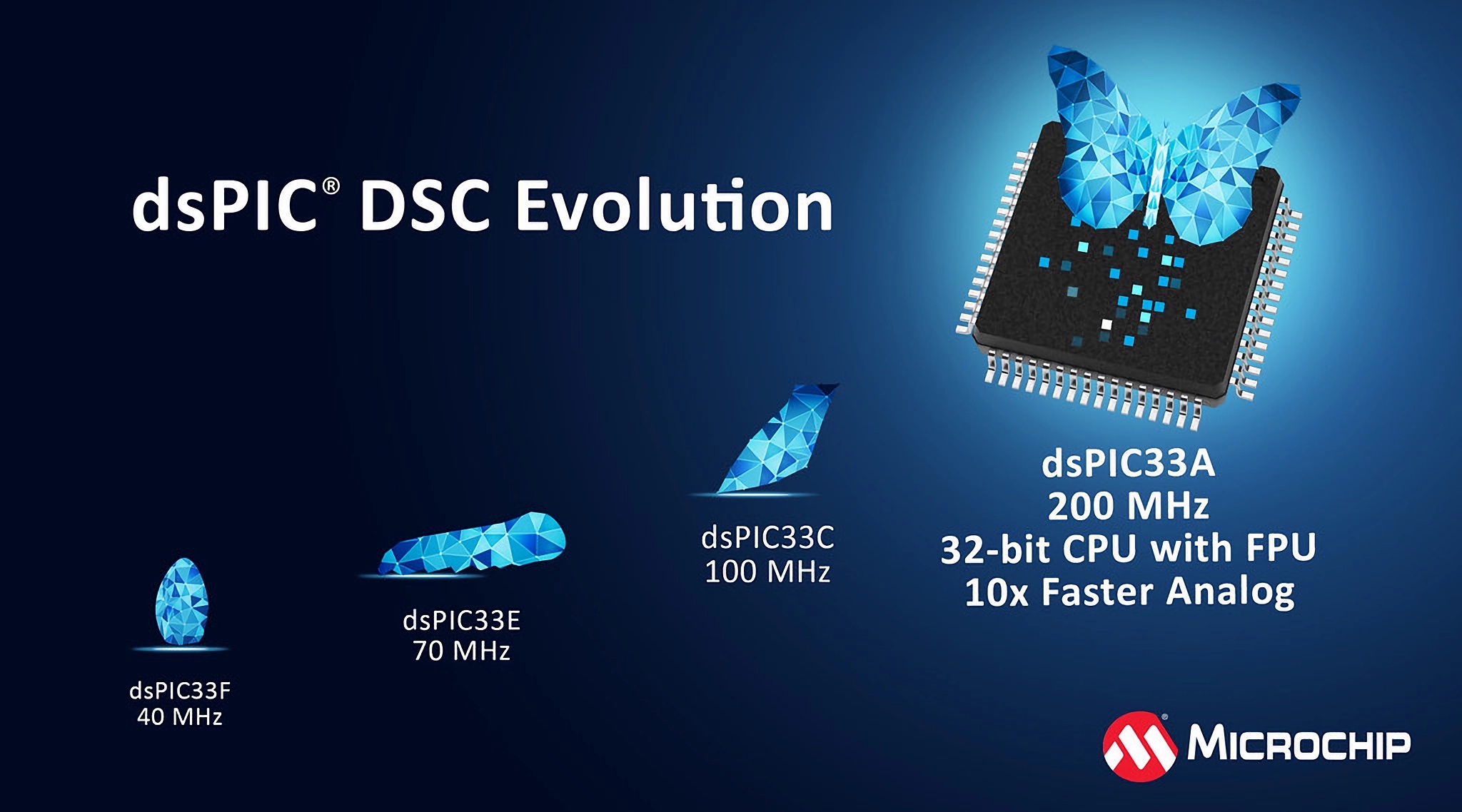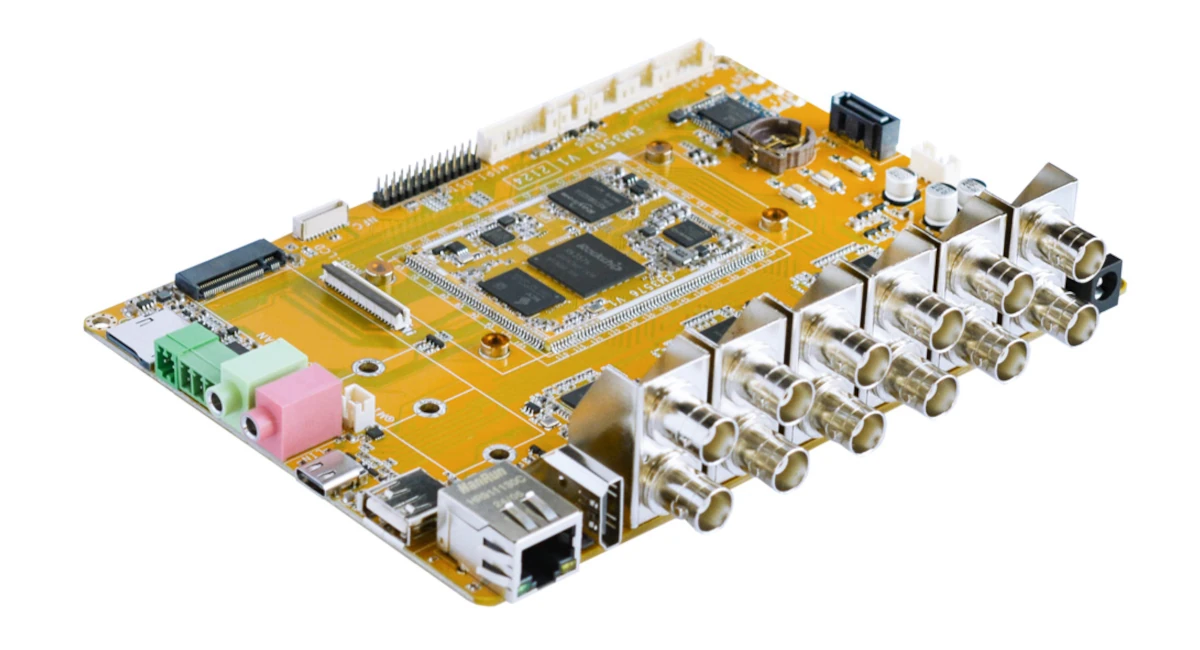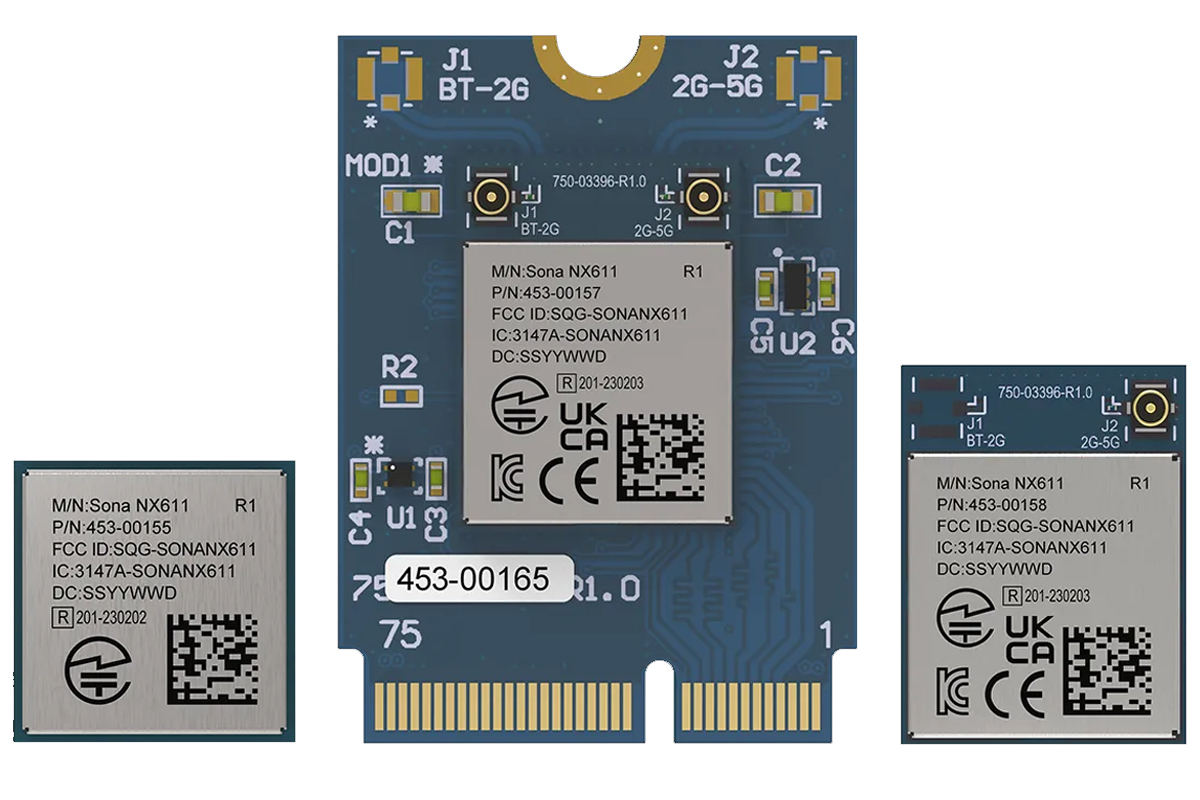The Raspberry Pi Pico 2 is an MCU development board based on the new Raspberry Pi RP2350 dual-core RISC-V or dual-core Cortex-M33 microcontroller with 520 KB on-chip SRAM, a 4MB flash, a micro USB port for power and programming and the same GPIO headers as the Raspberry Pi Pico board with an RP2040 dual-core Cortex-M0+ microcontroller with 264KB SRAM. The RP2350 embeds both an open-source Hazard3 RISC-V dual-core CPU and a dual-core Cortex-M33, but only one cluster can be used at a given time. Apart from the faster MCU cores and higher SRAM capacity, the RP2350 is about the same as the RP2040, albeit it also adds one extra PIO block bringing the total to three. One important new feature is built-in security when using Arm Cortex-M33 cores with Trustzone and other security features. Raspberry Pi RP2350 microcontroller Let’s have a closer look at the RP2350 microcontroller, before checking out […]
Geniatech XPI-7110 – A Raspberry Pi-sized RISC-V SBC based on StarFive JH7110 processor
Geniatech XPI-7110 is a RISC-V single-board computer (SBC) built on StarFive JH7110 with a form factor similar to that of a Raspberry Pi 3 and equipped with up to 8GB of RAM, 256GB of eMMC storage. It comes with various I/O options including USB ports, HDMI 2.0, GbE Ethernet, Wi-Fi/BT, GPIO, camera, display, and much more. The company also mentions that the board will be available in both commercial and industrial variants and will include a 10+ year lifecycle The new Geniatech board is very similar to the Milk-V Mars that we wrote about a few months ago. Additionally, we have written about PineTab-V, Pine64 Star64 SBC, and Milk-V Meles SBC all of which are built around the StarFive JH7110 or T-Head TH1520 RISC-V SoC, feel free to check those out if you are interested in the topic. Geniatech XPI-7110 SBC specifications: SoC – StarFive JH7110 CPU – Quad-core RISC-V processor […]
ESP32-P4-Function-EV-Board development board launched for $55 with 7-inch display and camera module
Espressif Systems “ESP32-P4-Function-EV-Board” – the official ESP32-P4 development board – is now available in limited quantities on Espressif’s AliExpress store for $55.44, and some other AliExpress stores at a premium as part of a kit with a 7-inch touchscreen display and a 2MP camera module. First unveiled in January 2023, the ESP32-P4 is the first general-purpose RISC-V microcontroller from Espressif Systems without any wireless connectivity. It’s a high-end microcontroller with two RISC-V cores clocked at 400 MHz, vector instructions for AI acceleration, a 2D graphics accelerator for smooth graphical user interfaces, and H.264 video encoding support. There’s been some buzz about it in recent months, and finally, it’s now possible to purchase an ESP32-P4 board for evaluation and software development. ESP32-P4-Function-EV-Board development board specifications: Microcontroller – Espressif Systems ESP32-P4 CPU Dual-core RISC-V HP (High-performance) CPU @ up to 400 MHz with AI instructions extension and single-precision FPU, 768KB of on-chip […]
SparkFun Thing Plus – NORA-W306 – A dual-band Wi-Fi 4 and BLE 5.3 IoT board
SparkFun Thing Plus – NORA-W306, is a dual-core, dual-band WiFi 4 and BLE 5.3 microcontroller board in the AdaFruit Feather form factor based on the u-box NORA-W306 module and targeted at low-power wireless applications. The u-blox module integrates the Realtek RTL8720DF chip, a dual-core ARM Cortex-M33 and Cortex-M23 microcontroller with dual-band Wi-Fi (2.4GHz and 5GHz) and Bluetooth 5.3 Low Energy. It offers up to 4MB of encrypted flash and has an onboard PCB antenna. It’s very similar to the RealTek RTL8720DN we covered a few times in the past, but comes with embedded flash. The SparkFun Thing Plus – NORA-W306 board features a USB-C connector for programming, data, and power. The USB data lines are protected against electrostatic discharge and are connected to a CP2102N USB-to-serial converter for uploading code or serial. This board includes a 2-pin JST-style connector for a LiPo battery, a single-cell charger, and a LiPo fuel […]
VIA launches MediaTek Genio 700 SMARC SoM, Pico-ITX SBC, and fanless Edge AI embedded system
VIA Technologies has launched three new Edge AI solutions based on the MediaTek Genio 700 mid-range Cortex-A78/A55 AI SoC with the SOM-5000 SMARC 2.1.1 system-on-module, VAB-5000 single board computer (SBC), and ARTiGO A5000 fanless embedded system. All three platforms come with 4GB or 8GB LPDDR4 memory, 16GB eMMC flash, gigabit Ethernet, video interfaces, and camera inputs, and are designed for intelligent edge computing across a range of industrial, commercial, and consumer applications. VIA SOM-5000 system-on-module Specifications: SoC – MediaTek Genio 700 (MT8390) CPU – Octa-core processor with 2x Cortex-A78 cores @ up to 2.2 GHz, 6x Cortex-A55 cores @ up to 2.0 GHz GPU – Arm Mali-G57 MC3 GPU with support for OpenGL ES 1.1/2.0/3.2, OpenCL ES 2.2, and Vulkan 1.0/1.1 APIs VPU Encoding up to 4Kp30 with H.265/HEVC or H.264 Decoding up to 4Kp75, AV1, VP9, HEVC, H.264 codecs supported AI accelerator – Mediatek DLA + VP6 with INT8, […]
200 MHz Microchip dsPIC33A 32-bit digital signal controller offers double-precision FPU, high speed analog interfaces
Top digital signal controller (DSC) vendor, Microchip Technology Inc., has launched the dsPIC33A series as the newest addition to its portfolio of high-performance DSCs. These digital signal controllers combine the capabilities of a digital signal processor (DSP) with the extensive peripherals of a microcontroller (MCU). The dsPIC33A series is built around a 32-bit architecture and operates at 200MHz – currently the highest clock speed for a dsPIC. The core includes a double-precision floating-point unit (DP FPU) and a DSP instruction set for numerically intensive operations in closed-loop control algorithms. The dsPIC33A architecture offers high-performance, high-precision real-time control and signal processing in various applications. The family of DSCs launching the dsPIC33A series, dsPIC33AK128MC1xx, features up to 128KB of flash memory, and an extensive set of built-in peripherals. It comes in different packages, including SSOP, VQFN, and TQFP, with pin counts ranging from 28 to 64 and sizes starting as small as […]
Rockchip RK3576 castellated SoM powers development board with 12 analog camera inputs
Boardcon CM3576 is a system-on-module (SoM) Rockchip RK3576 with castellated holes that also powers the company’s EM3576 development board with 12 analog camera inputs among a range of other interfaces. We covered a few Rockchip RK3576 platforms in recent weeks including the Firefly ROC-RK3576-PC and Banana Pi BPI-M5 SBCs, and another system-on-module with the Forlinx FET3576-C with four 100-pin board-to-board connectors. The Boardcon CM3576 offers another option as a solderable SoM with castellated edges. Boardcon CM3576 SoM Specifications: SoC – Rockchip RK3576 CPU 4x Cortex-A72 cores at 2.3GHz, 4x Cortex-A53 cores at 2.2GHz Arm Cortex-M0 MCU at 400MHz GPU – ARM Mali-G52 MC3 GPU with support for OpenGL ES 1.1, 2.0, and 3.2, OpenCL up to 2.0, and Vulkan 1.1 NPU – 6 TOPS (INT8) AI accelerator with support for INT4/INT8/INT16/BF16/TF32 mixed operations. VPU Video Decoder – H.264, H.265, VP9, AV1, and AVS2 up to 8Kp30 or 4Kp120 Video Encoder – […]
Ezurio Sona NX611 – An NXP IW611-powered Wi-Fi 6 industrial IoT module
Ezurio, formerly Laird Connectivity, has announced the Sona NX611, a new Wi-Fi 6 module designed for industrial IoT applications. The module uses the NXP IW611 chipset and supports Wi-Fi 6 (802.11ax) and Bluetooth 5.4. It operates in the 2.4 GHz and 5 GHz bands, achieving data rates up to 600 Mbps, and can withstand industrial temperatures from -40°C to +85°C. The Sona NX611 comes in several form factors, including SiP (System-in-Package), M.2 1216 SMT, and M.2 2230 E-Key pluggable options. It is compatible with NXP processors and supports Ezurio’s Linux connectivity stack software and Android OS. The module is under development and is expected to be in mass production by September 2024. It will have global certifications like FCC, ISED, UKCA, CE, and Bluetooth SIG. Previously we have seen the IW611 and IW612 modules were used in the u-blox MAYA-W2 IoT module. We have also written about Laird RM126x LoRaWAN […]


